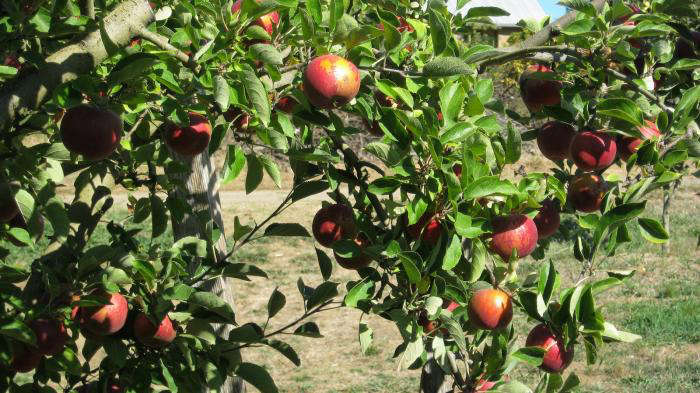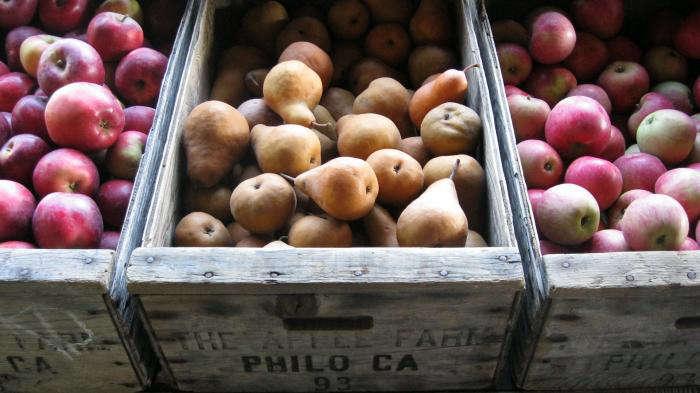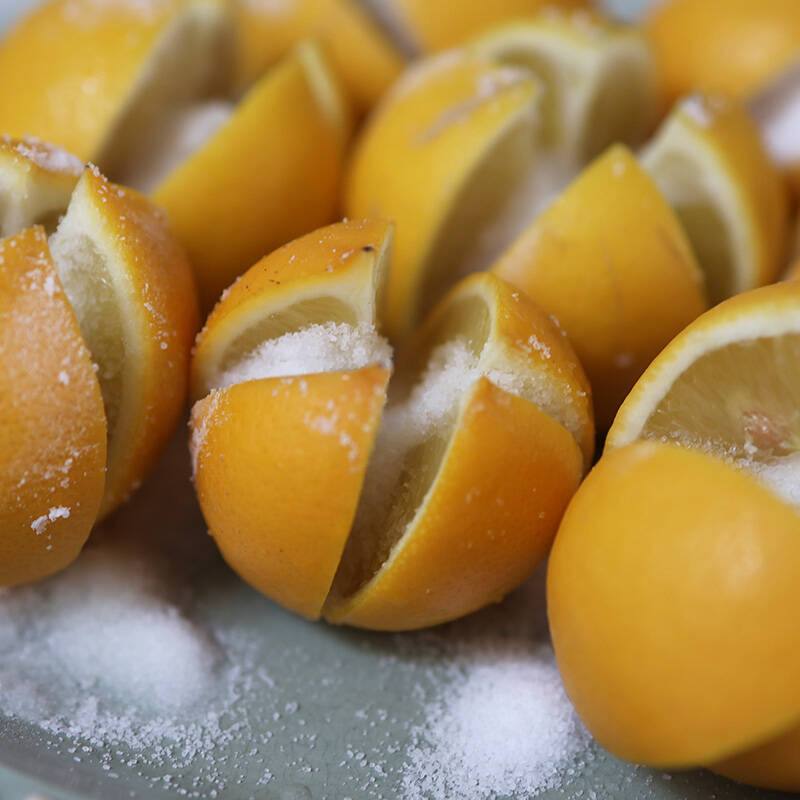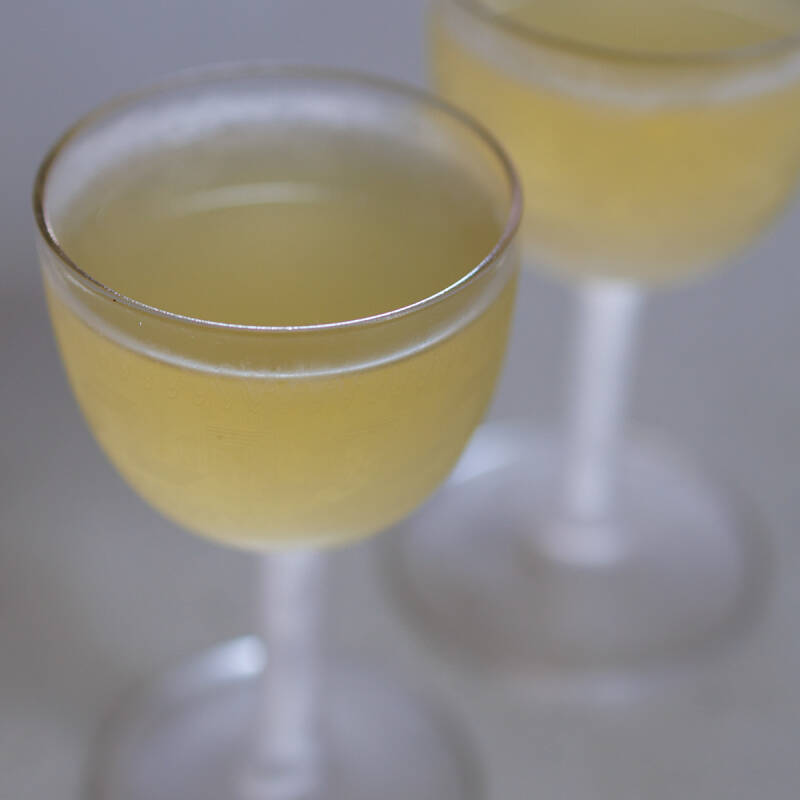Shoppers at San Francisco’s Ferry Plaza Farmers’ Market are familiar with the Saturday fall bounty from the Philo Apple Farm: the apples have been a staple since the market began, and the Philo Gold, the Apple Farm’s Golden Delicious, is a perennial pleaser.
Karen and Tim Bates, along with two of their children, run the 32-acre organic farm located in Philo just north of Boonville in Mendocino County, producing 80 varietals of apples. The likes of Chez Panisse, Zuni Cafe, and The French Laundry all buy their apples, but for those who can’t make it to the latter (or the farmers’ market), a trip to the farm shop is well worth the ride. Visitors can stay overnight on the farm and cooking classes led by Karen are also on offer. To learn more, see “Down on the Farm in Philo” or visit Philo Apple Farm.
N.B. Scroll down for Karen’s recipe for Savory Applesauce.
Photography by Sarah Lonsdale for Remodelista.

Above: A mix of the current crop of apples on display in terra cotta bowls.

Above: One of the 80 varietals of apples in the orchard ready for harvest. The first apples are ready in late July, with most of them ready for picking in September and October.

Above; Freshly harvested apples. The Philo Golds are in the foreground. What to do with them after they’re picked? See “5 Favorites: Winter Storage for Keeper Crops.”

Above: The shop at the apple farm. Service is on an honor system and in addition to apples, the shop offers the farm’s own apple juice, jams, and cider as well as vegetables from the garden.


Above: Macoun Apples, a cross between a McIntosh and Jersey Black apple from Geneva, New York introduced in 1950.

Above: Bosc pears displayed between boxes of apples.

Above: An English staple: the Bramley apple, a tart flavor typically used for cooking and, as Tim notes, a favorite of Karen’s. When I ask her which is her favorite, she says, “I like to cook with the Bramleys as they’re unusual and really tart, but then I go to the opposite end and cook with the Philo Golds that have a really mellow sweetness.”

Above: Boxes of apples, from L to R: Philo Gold, Sierra Beauty, Esopus Spitzenberg, Melrose, King David, Bosc Pear, and Northern Spy.

Above: Guest cottages in the orchard with the apple boughs propped up with wooden bowls.
A Philo Apple Farm Recipe for Savory Applesauce
Peel and slice enough apples to almost fill a good sized heavy saucepan with a lid. Add apple juice to about halfway. Cover and cook until tender.
Add the following and stir vigorously: sugar to taste, salt, a generous chunk of butter, chopped fresh thyme. Cook for a few minutes longer. Serve with pork, game birds, or sausages.
Varieties: Gravenstein, Pink Apple, Jonathan, Golden Delicious, Spitzenberg, Sierra Beauty, Astrachan.
Finally, get more ideas on how to successfully plant, grow, and care for apple trees with our Apple Tree: A Field Guide.
Interested in other types of trees? Get more ideas on how to plant, grow, and care for various trees (specimen, deciduous, evergreen) with our Trees: A Field Guide.
Interested in other edible plants for your garden? Get more ideas on how to plant, grow, and care for various edible plants (including flowers, herbs and vegetables) with our Edible Plants: A Field Guide.








Have a Question or Comment About This Post?
Join the conversation